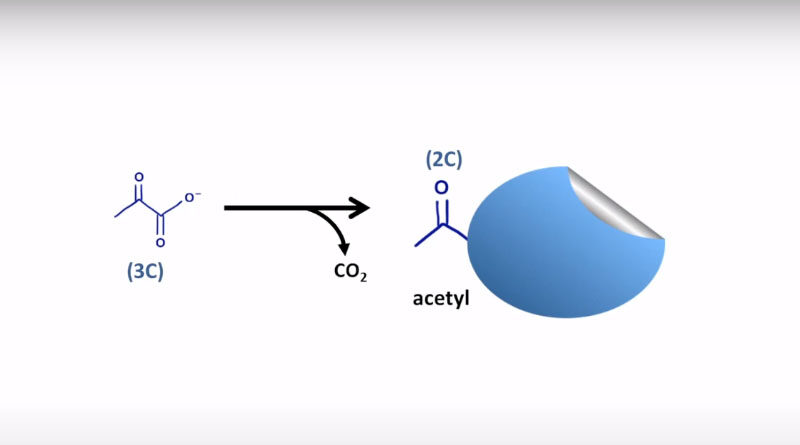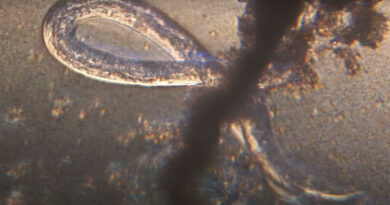What is Acetyl-CoA? Functions of Acetyl-CoA
Acetyl-CoA call the biological molecule found in protein, carbohydrate, and lipid metabolism. Acetyl-CoA also refers to acetyl coenzyme A. Its major job is to convey the acetyl group to the citric acid cycle, where it oxidizes for energy.
The acetyl group of acetyl-CoA is related to the sulfhydryl substituent of the -mercaptoethylamine group. This thioester linkage is an extremely reactive “high energy” connection. The thioester link hydrolysis is highly exothermic.
Although, CoA acetylates to acetyl-CoA when carbohydrates break down through glycolysis. The fatty acids also break down during the β-oxidation.
Even more, the acetyl group is oxidized to carbon dioxide and water in the citric acid cycle. It releases energy stored in the form of 11 ATP and 1 GTP per acetyl group. GTP is the ATP same.
The Nobel Prize in Physiology or Medicine receives by Konrad Bloch and Feodor Lynen in 1964 for their findings relating acetyl coenzyme A and fatty acid metabolism. In 1953, Fritz Lipmann gets the Nobel Prize for discovering the co-factor coenzyme A.
Furthermore, The acetylation of CoA regulates by the carbon sources.
Glycolysis accelerates with high glucose levels, increasing the quantity of citrate produced by the tricarboxylic acid cycle. The enzyme ATP citrate lyase subsequently transports this citrate to other organelles outside of the mitochondria. where it is broken down into acetyl-CoA and oxaloacetate (ACL). The hydrolysis of ATP attaches to this main process.
Functions of Acetyl-CoA
1. By participating in the formation of hydroxymethyl glutaryl-CoA, acetyl-CoA contributes to the mevalonate pathway.
2. Acetyl-CoA require for the biogenic production of acetylcholine, a neurotransmitter. Choline acetyltransferase catalysis is the reaction between choline and acetyl coenzyme A to create acetylcholine and coenzyme A as a byproduct.
3. In the posttranslational change acetylation, acetyl-CoA is also the origin of the acetyl group transfer onto specific lysine residues of histone and nonhistone proteins. Acetyltransferases catalyze this acetylation. Cell development, mitosis, and death are all affected by acetylation.



